Introduction:
BGVP is a Chinese brand founded in 2015, based in Guangdong, China, BGVP has become one of the most popular chi-fi brands at the moment, thanks to its comprehensive range of high-quality/affordable IEM catalog.
The BGVP NS9 is a Hybrid In-Ear Monitor that features 7x Balanced Armature Drivers + 2x Dynamic Drivers per earpiece, which is a pretty high count for a IEM with a relative small monitor size/shape.

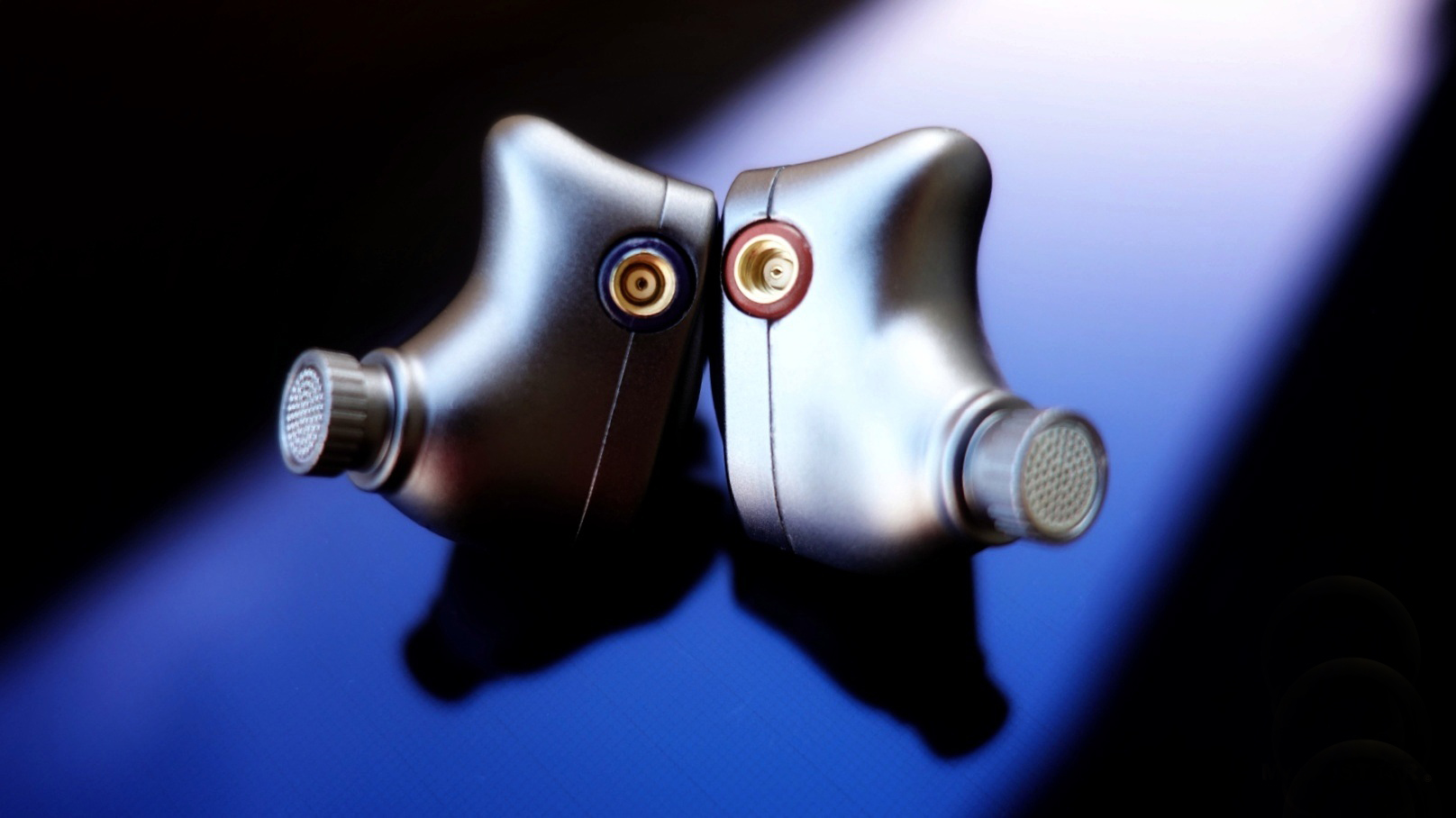
Package and Accessories:
The BGVP NS9 came in a rectangular black box that has a cardboard sleeve in white color that features the illustration of the product along with some product related brandings.
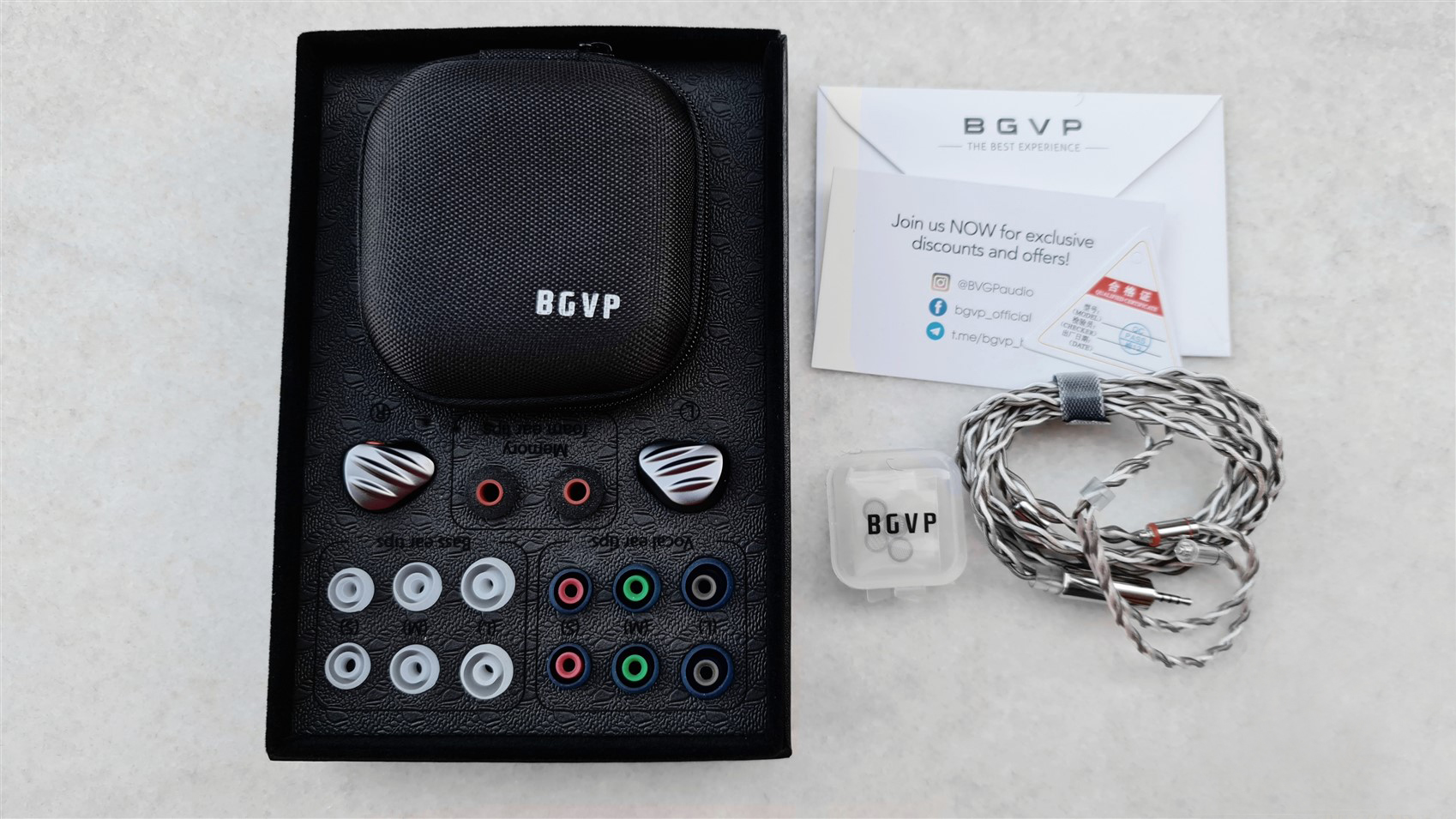

- 1 pair x BGVP NS9 In-Ear Monitor
- 1 piece x Detachable Cable with MMCX Connector
- 3 pairs x Vocal Ear Tips (size S/M/L)
- 3 pairs x Bass Ear Tips (size S/M/L)
- 1 pair x Foam Ear Tips (size M)
- 2 pairs x Sound Tuning Filters
- 1 piece x Zipper Case
- 1 piece x User Manual/Quick Start Guide
Design, Fit/Comfort & Overall Build Quality:
BGVP NS9 has nice looking monitor shell that is made of aviation grade CNC machined aluminum material. Each monitor features Nine Driver Hybrid Driver configuration with 7x Balanced Armature (Knowles & Sonion) Drivers + 2x Dynamic Driver units. The Dynamic Drivers do have a Composite Titanium-plated silicone diaphragm.
And the faceplate of the monitors has a form of a wave or claw that reflects the form of the BGVP brand logo.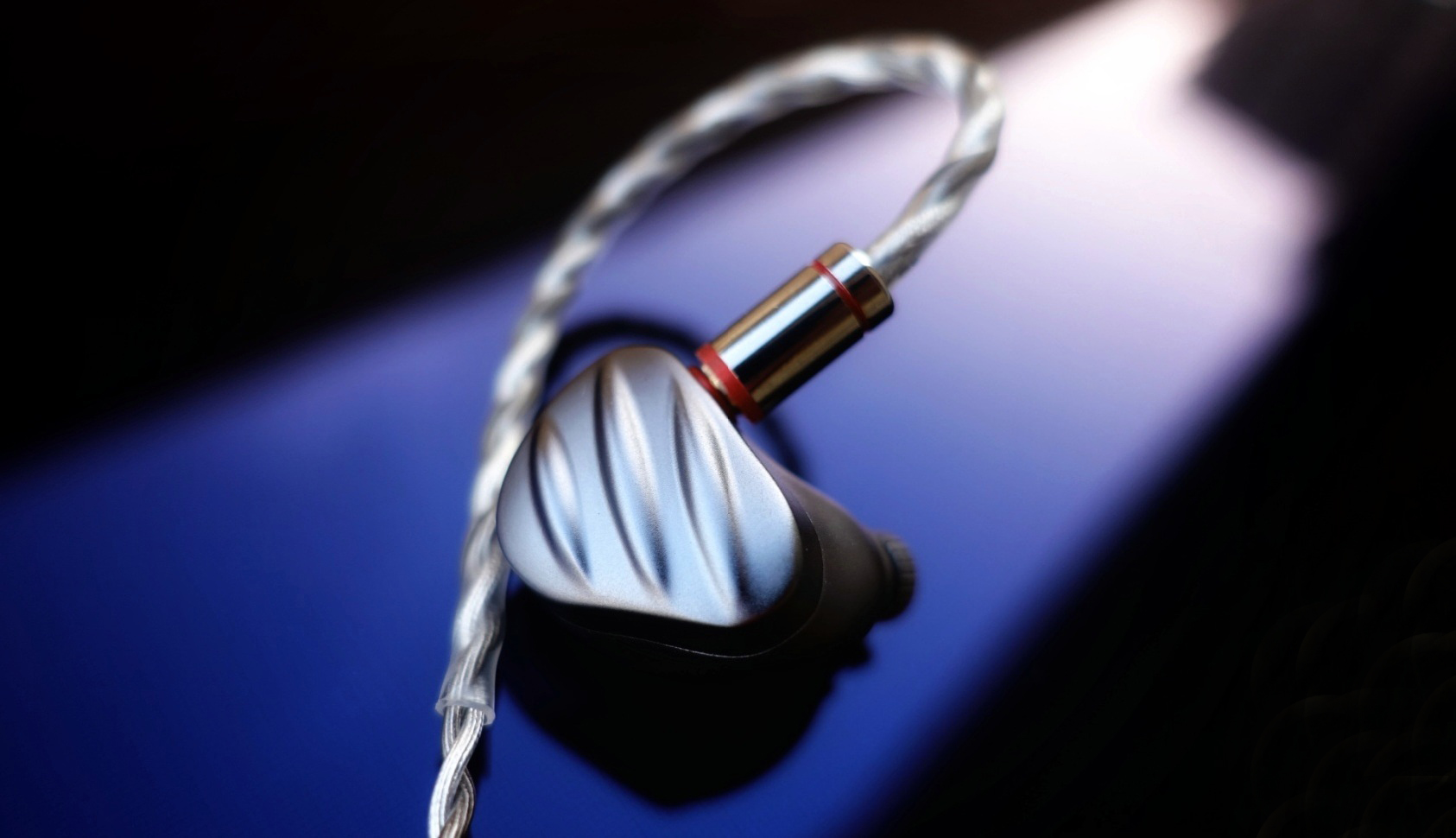
The inner surface fits perfectly to my average sized concha, which features a small vent/opening and the sound nozzle. The sound nozzle is fairly short and comes preinstalled with one of the three interchangeable sound tuning filters.

The sound tuning filters do have different sizes of openings and do also prevent the insertion of small particles like dust or earwax.
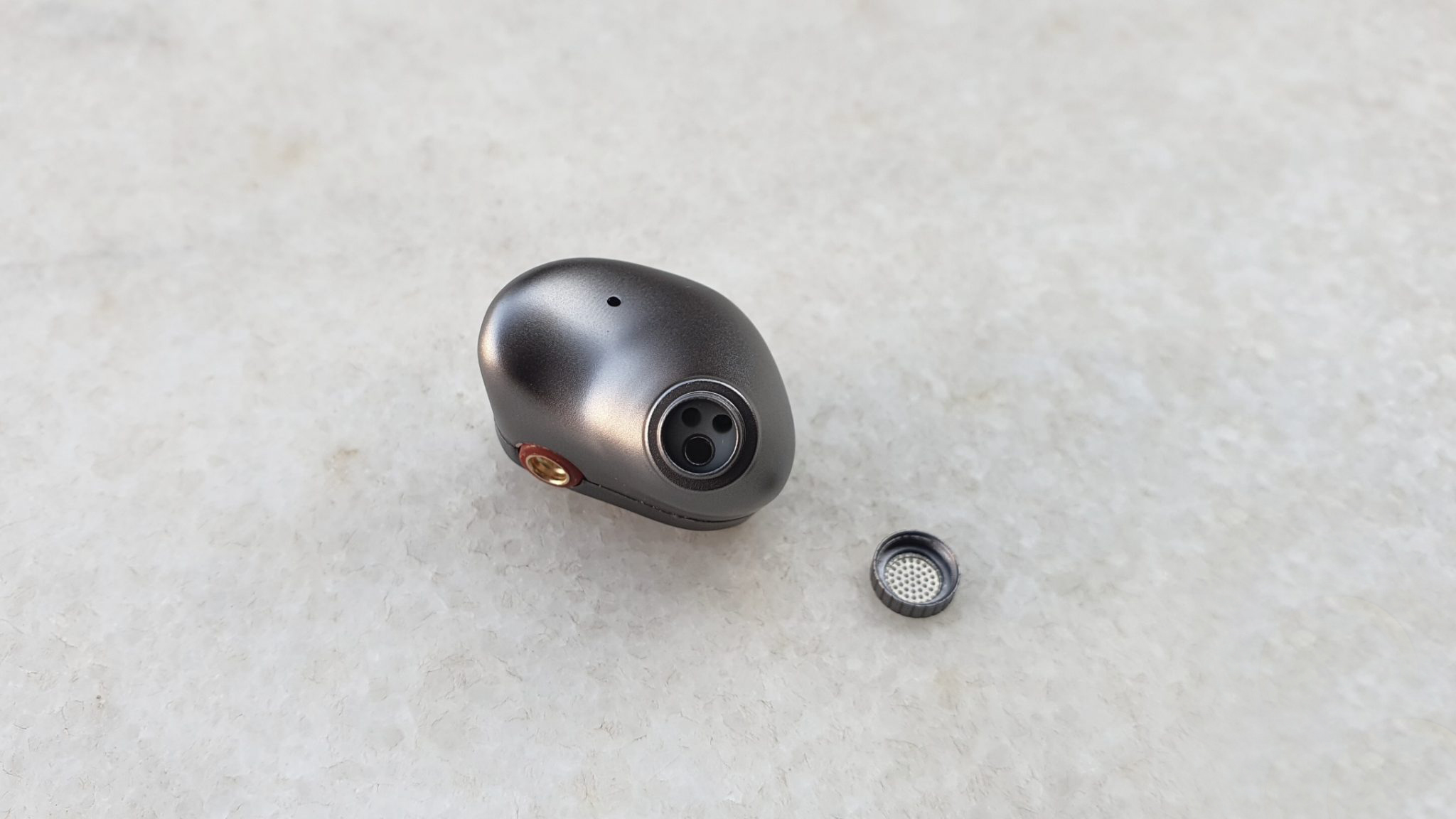
On the top of each monitor shell is a MMCX (Micro Miniature Coaxial) female connector to connect it with the detachable cable.

The Cable:
The BGVP NS9 comes with 4 core 5N purity Silver Plated Single Crystal Copper cable with a nicely braided design. The cable is about 120cm long and features soft insulation with low amount of mircrophonic effect.

Each of the MMCX male connectors do have a metal housing in silver color with red (right) and blue (left) ring indicators.
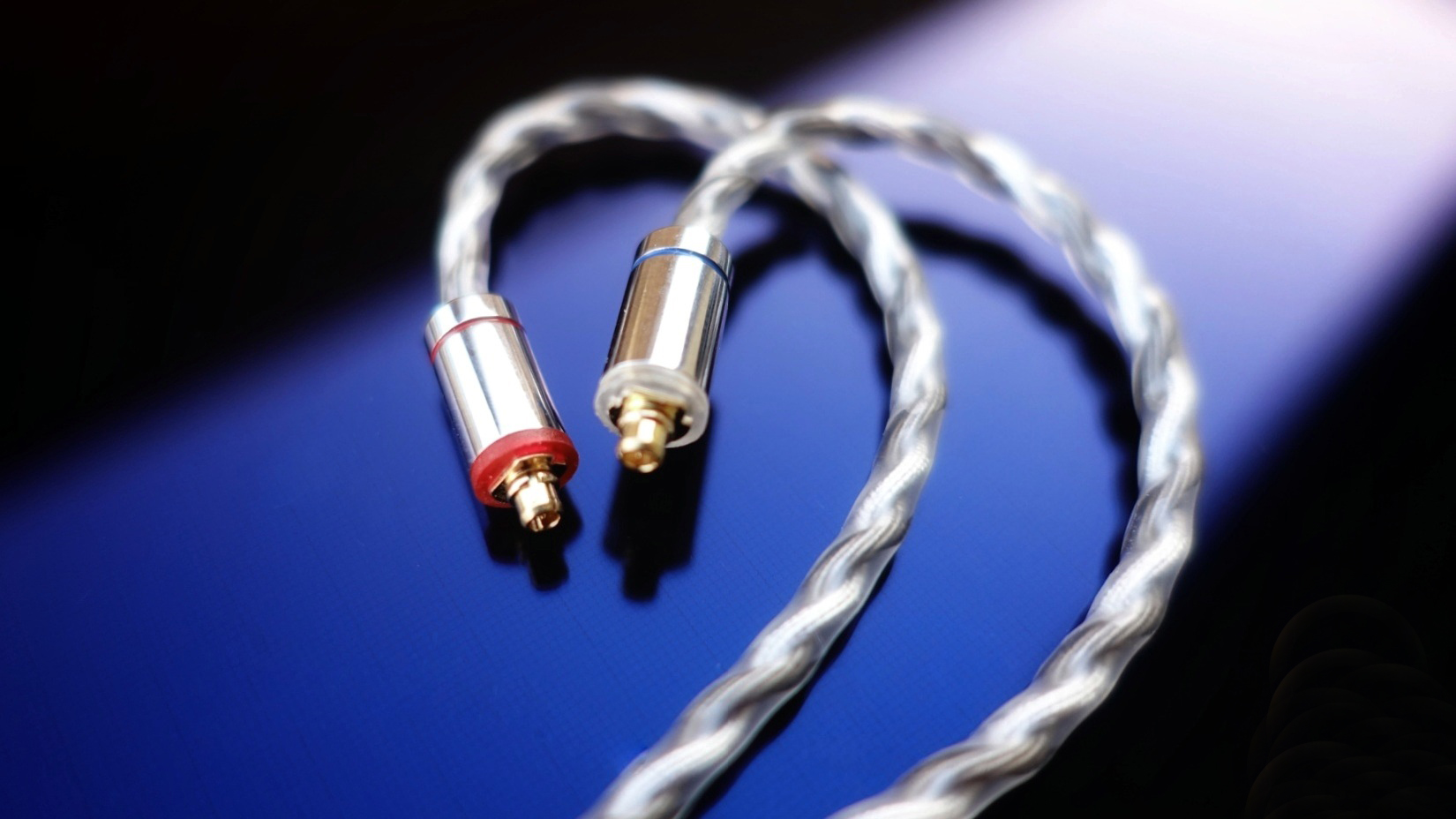
This cable features also a metal Y-Splitter in silver color and a transparent plastic chin slider in from of a marble.
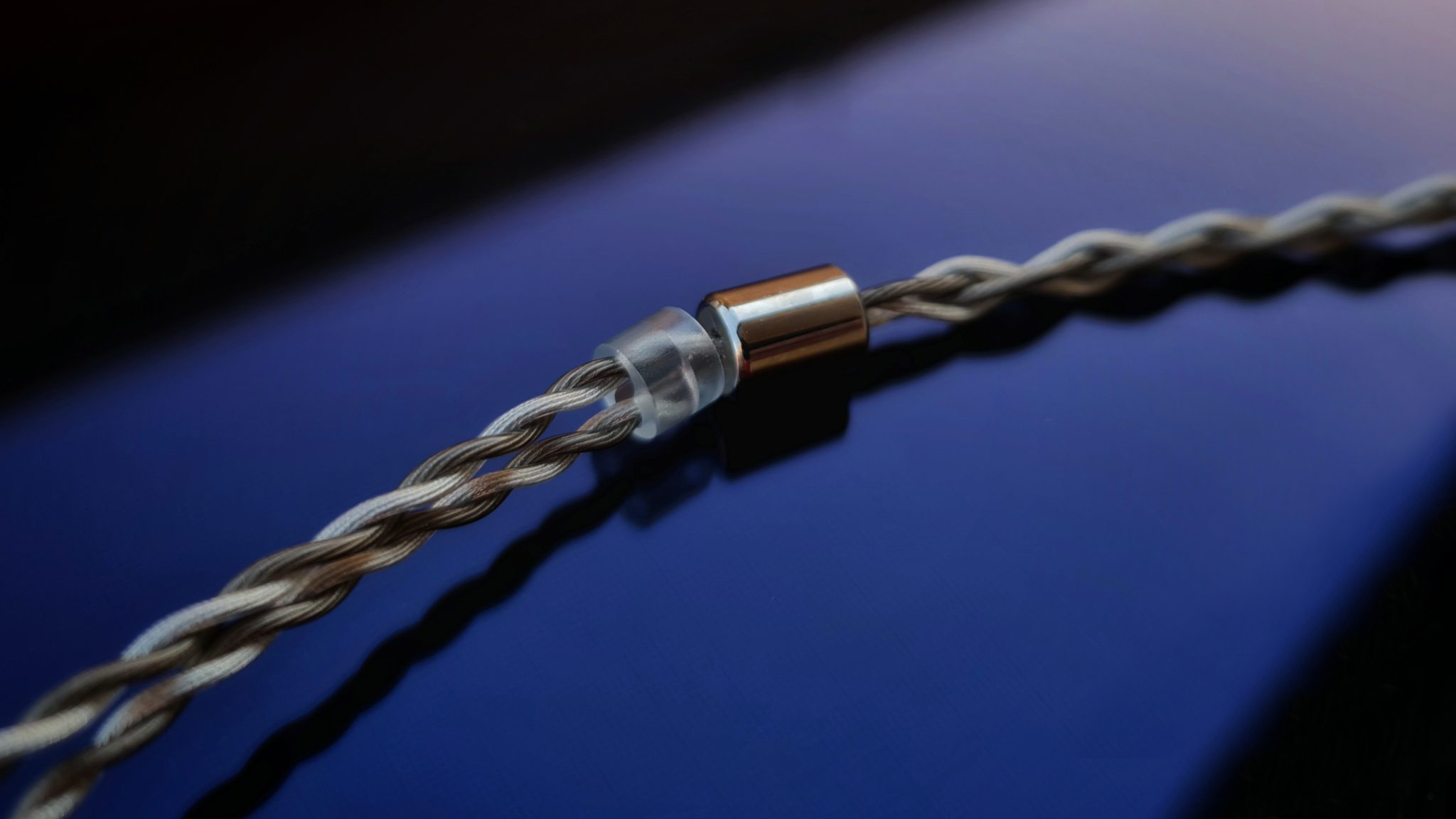
The 3.5mm headphone jack has a straight profiled metal housing with a plastic strain relief for extra protection.
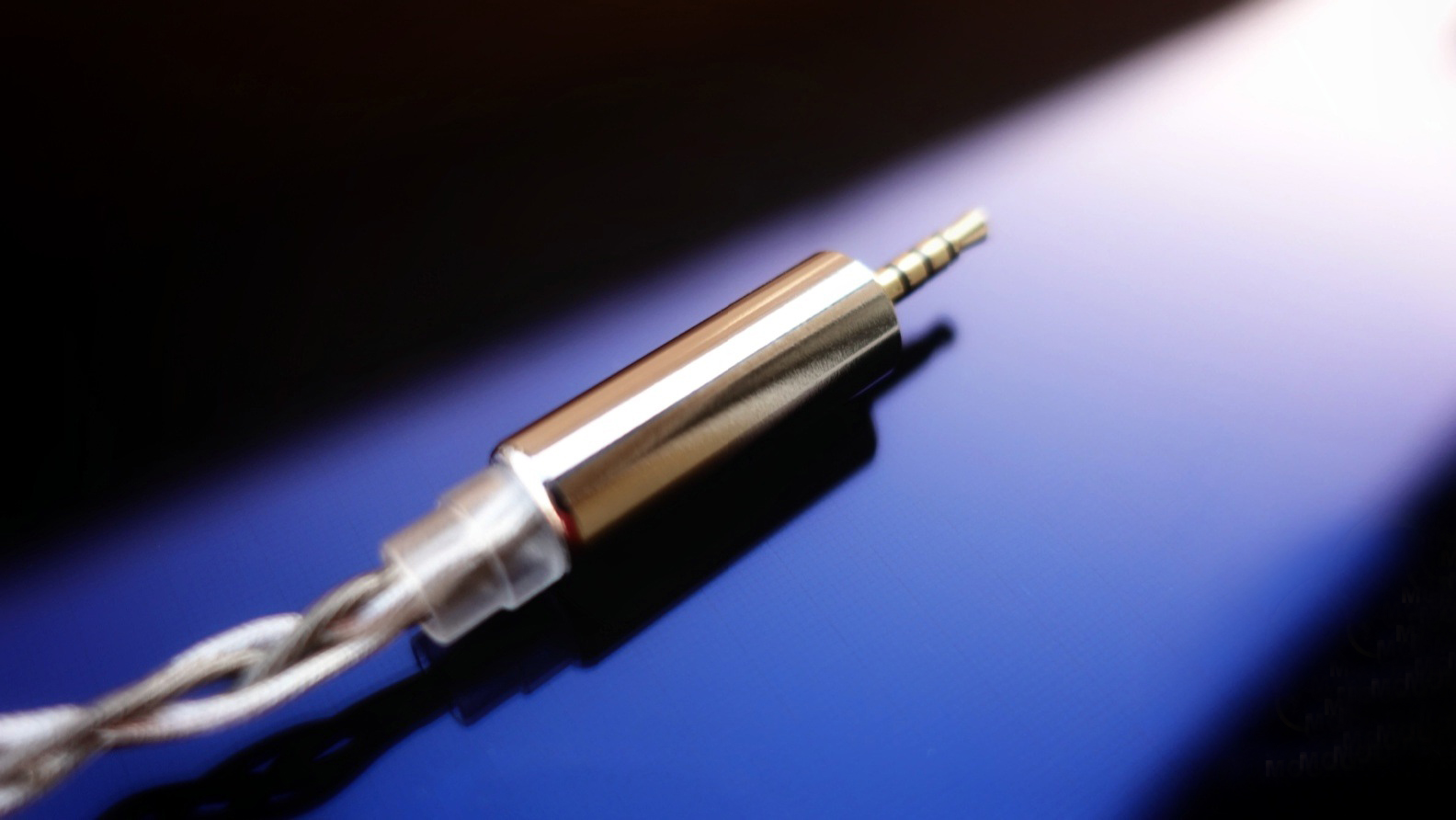
Technical Specifications:
- Driver Type : 7x Balanced Armature Drivers + 2x Dynic Drivers
- Features : 4 Way Electronic Crossover
- Impedance : 20Ω
- Sensitivity : 107dB/mW.
- Frequency Response : 10Hz-40kHz.
- Channel Difference : <1dB(20-10kHz).
- Distortion : <0.5%(1kHz).
- Connector : MMCX (Micro Miniature Coaxial) Connector
- Cable Length : 120cm +/- %5
Drivability:
The BGVP NS9 is a quite efficient In-Ear Monitor thanks to a pretty low impedance of 20Ω and a sensitivity of 107dB, which makes it compatible with relative weak sources like Mobile Phones, Tablet’s or DAP’s with low power amplification.

Isolation:
The noise isolation of the BGVP NS9 is on an average level, which is efficient enough for the use in fairly noise environments such as metro, bus or train, while it is not suitable for the use on the stage.
Some Remarkable Features:
- 9 Driver – Hybrid Driver Configuration with 2 DD + 7 BA units (Sonion & Knowles)
- Four-Way Electronic Crossover
- Sound Tuning Filters
- Composite Titanium-plated silicone diaphragm
- 3D-printed acoustic structure
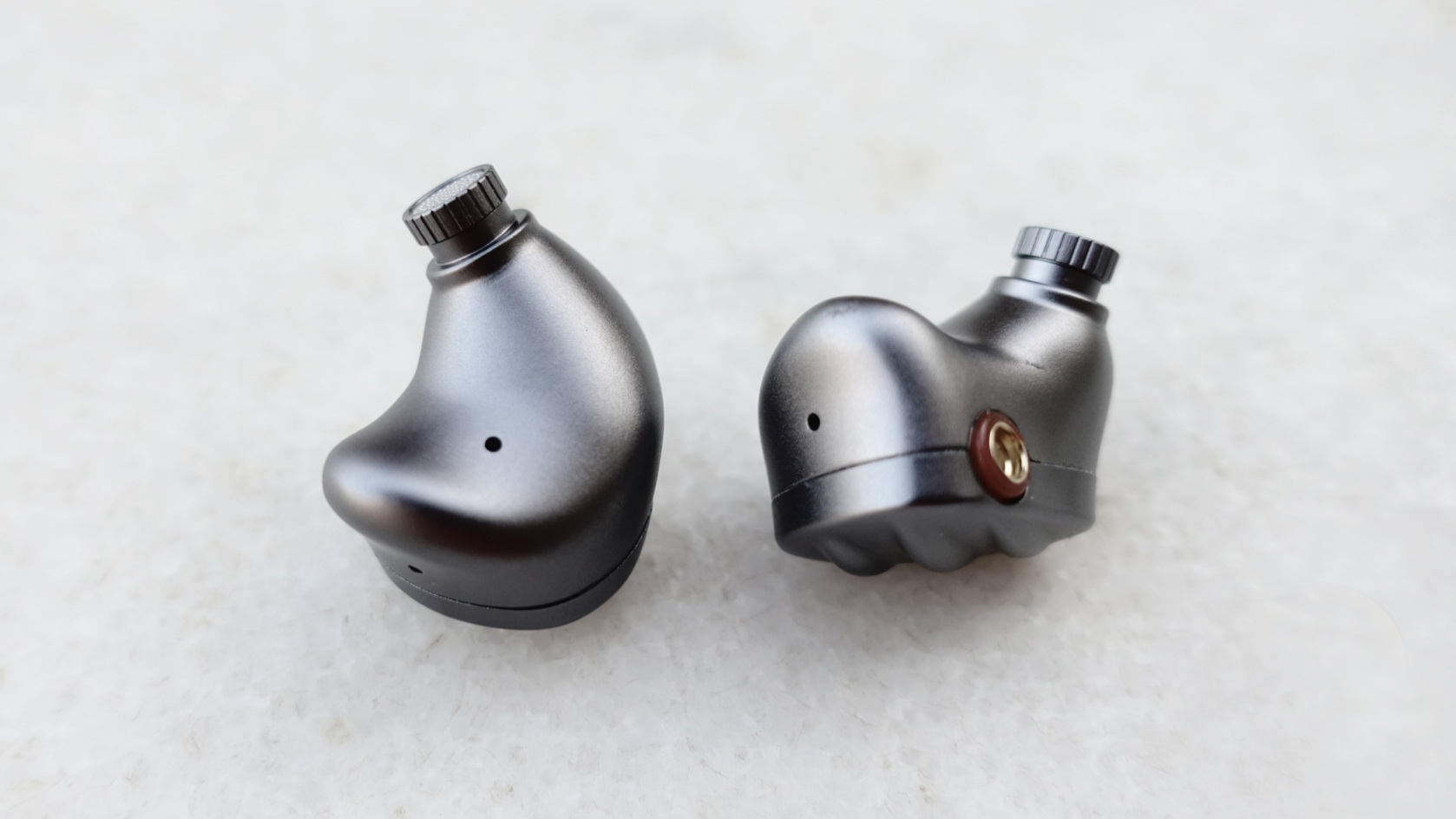
The Sound:
The BGVP NS9 is an IEM with a V shaped sound signature that has a pretty warm tonality. The bass is deep and strong; the midrange is slightly recessed and shows a moderate level of clarity, while the treble range is nicely soft and pretty detailed with a focal point in the upper treble region.
Please note that I have written my impressions after a burin-in period of 150 hours. The sound tuning filters of the NS9 doesn’t show any audible differences between each other. However I have used the balanced sound filter, the stock vocal ear tips and stock cable during this review.
Bass / Midrange / Treble / Soundstage:
The lower frequency region of the BGVP NS9 is quite pronounced and impactful due to the V shaped sound signature. The subbass region offers a good sense of depth and rumble while the extension is on an average level. The subbass character makes the NS9 ideal for genres like pop or electronic music; however the speed of the subbass area is the weakness of the NS9.
The midbass tonality of the BGVP NS9 is pretty soft and musical, while the slam effect is quite impressive thanks to the extra emphasis that comes from the subbass region. The midbass are strong and impactful, while the decay is a bit slow. The general bass presentation of the BGVP NS9 shows an average level of speed and control, wile listen to songs like “Bro Safari, UFO! – Drama”, “Lorde – Royals” and “Really Slow Motion – Deadwood”.
The midrange of the BGVP NS9 is slightly recessed due to the V shaped sound signature and is shows a fairly warmish tonality and musical presentation. The midrange has in general an average level of transparency and clearness.
The lower midrange of the NS9 has good depth, body and warmness and doesn’t sound thin or too dry. This makes it quite successful when I do listen to male vocals. Vocals like Barry White, Sting or Elton John are reproduced with a good sense of depth and fullness, while the clarity and transparency is on a moderate level.
The upper midrange of the BGVP NS9 is mildly pronounced with a slightly peak around the 2 kHz region that avoids a too muddies presentation in this area. The transparency and airiness and detail retrieval is on a sufficient level; however I would wish a tad more energy and dynamism in this area. The good part about the upper midrange tuning is that it is smooth and sibilant free when I do listen to both female vocals and instruments such like a violin or pianos.

The treble range of the BGVP NS9 has a fairly warm and soft tonality with focal point in the upper treble region. The lower treble area of the NS9 is less pronounced and shows a slightly peak around the 6 kHz region that is able to produce a sufficient sense of clarity and definition.
The upper treble region is more highlighted, detailed and offers a better level of extension. The NS9 has an audible peak around the 7 – 8 kHz area that adds the overall presentation a good sense of airiness and sparkle. Instruments like cymbals are slightly bold/thick and do have warmish tonality, while hi-hats are lightly pronounced. Crash cymbals on the other hand are shown with average intensity sharpness, while the hits are in general fairly controlled.
The BGVP NS9 shows a sufficient soundstage performance with a fairly precise separation and placement of vocals and instruments. The stage of the NS9 has an average sense of depth and wideness, with sufficient space and airiness between instruments.
The treble range of the BGVP NS9 has a fairly warm and soft tonality with focal point in the upper treble region. The lower treble area of the NS9 is less pronounced and shows a slightly peak around the 6 kHz region that is able to produce a sufficient sense of clarity and definition.
The upper treble region is more highlighted, detailed and offers a better level of extension. The NS9 has an audible peak around the 7 – 8 kHz area that adds the overall presentation a good sense of airiness and sparkle. Instruments like cymbals are slightly bold/thick and do have warmish tonality, while hi-hats are lightly pronounced. Crash cymbals on the other hand are shown with average intensity sharpness, while the hits are in general fairly controlled.
The BGVP NS9 shows a sufficient soundstage performance with a fairly precise separation and placement of vocals and instruments. The stage of the NS9 has an average sense of depth and wideness, with sufficient space and airiness between instruments.

